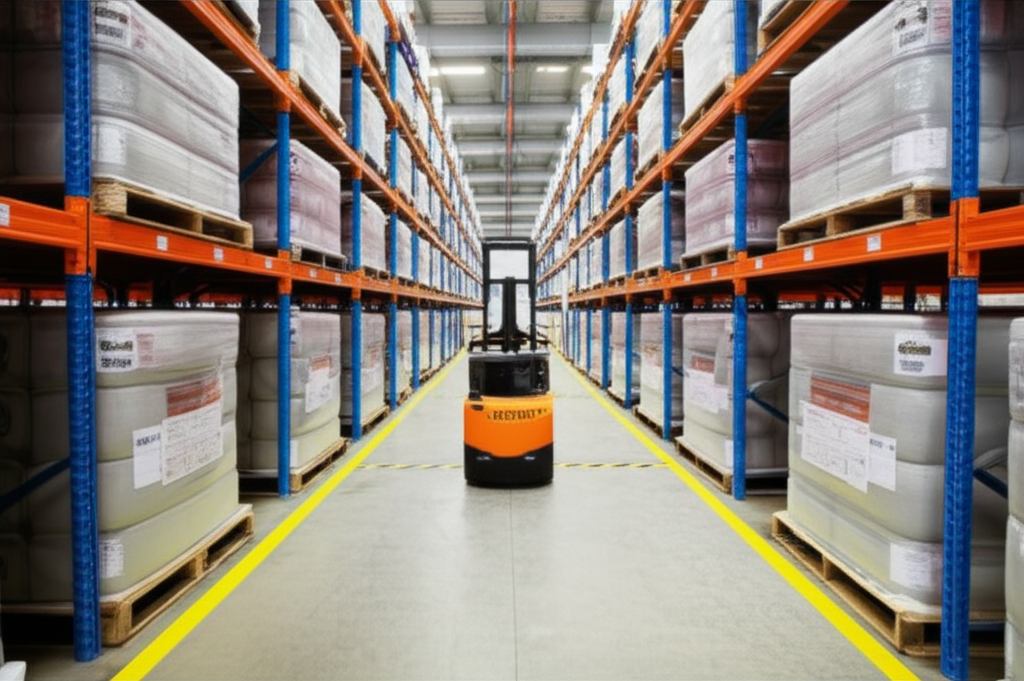Stearolactone, a valuable compound in the flavor and fragrance industry, boasts versatile applications due to its distinctive aromatic properties. Found naturally in γ and δ forms, γ-stearolactone imparts fruity notes, while δ-stearolactone offers a smooth, creamy scent. These characteristics make it a crucial ingredient in food flavorings, cosmetic products, and tobacco additives, where it acts as a long-lasting, gentle enhancer. Historically, synthetic routes to stearolactone have been scarce, with underdeveloped research globally and existing methods plagued by high costs, complicated procedures, and suboptimal yields below 50%. This gap hinders large-scale production and adoption. Responding to this challenge, a groundbreaking synthesis process emerges, leveraging inexpensive industrial-grade oleic acid as a raw material to deliver high-purity stearolactone under mild conditions, thereby revolutionizing accessibility for manufacturers.
The innovative process centers on a straightforward reaction setup using common laboratory equipment, including a stirring apparatus, condenser, and dropping funnel. Core to the method, oleic acid is dissolved in an organic solvent such as dichloromethane, chloroform, hexane, or ethyl acetate. Then, concentrated sulfuric acid is added gradually as a catalyst, with a typical mole ratio of oleic acid to sulfuric acid between 1:0.5 and 1:4. This step is conducted under constant stirring at ambient pressure, within a temperature range of 20-80°C, and over a reaction time spanning 2 to 15 hours to minimize energy expenditures. Crucially, the process achieves high efficiency and reduced operational complexity, eliminating the need for sophisticated instruments or hazardous reagents. Post-reaction workup involves washing the mixture with deionized water to remove impurities, followed by extraction with anhydrous diethyl ether to isolate the stearolactone. Subsequent drying with sodium sulfate, filtration, and rotary evaporation yield a crude product. Finally, distillation under reduced pressure purifies stearolactone by collecting low-boiling fractions, resulting in remarkable yield improvements of up to 81% in optimized cases. This streamlined approach cuts production time significantly compared to alternatives, enhancing throughput.
Advantages of this synthesis method underscore its industrial viability and environmental benefits. Primarily, oleic acid's low cost and widespread availability lower raw material expenses, positioning the process as economically superior to conventional routes relying on expensive precursors. Moreover, the reaction achieves optimal yields above 80% with relatively short duration, as evidenced in trials where six hours of reaction at 40°C using dichloromethane solvent produced 80.44% yield. Adjustments like changing the solvent to ethyl acetate or varying temperatures to 55°C still yielded over 76%, demonstrating robustness. Additionally, the use of safe, reusable solvents and catalysts reduces waste and aligns with sustainability goals, minimizing ecological impact. The end product exhibits high purity, meeting stringent regulatory standards for applications in food safety, cosmetics formulations, and tobacco flavorings without requiring extensive purification. Scalability is further enhanced by the method's simplicity, allowing easy adaptation from lab to plant with minimal capital investment. This breakthrough not only addresses existing inefficiencies but also unlocks new opportunities for innovation in fragrance additives.

In summary, this synthesis of stearolactone represents a significant leap forward in chemical manufacturing, offering broad implications for multiple industries. By outperforming prior techniques in cost, yield, and simplicity, it catalyzes expanded use in producing items like perfumes, confectioneries, and personal care products. Future adaptations could explore solvent recycling or renewable catalysts to boost sustainability. Ultimately, this method promises to democratize access to premium fragrances, fostering global innovation while driving economic growth.
Manufacturing Facilities






Professional Export Experience
to Global Customers

1. 20 years of R&D, manufacturing and sales experience, serving customers in 60 countries and regions around the world;
2. Own R&D laboratory, pilot platform and large-scale production workshop, which can meet the audit requirements of global customers;
3. We can satisfy customers' perfect transition from small scale lab requirements (gram level) to commercialization requirements (hundred tons level).
A: We don't have Minimum Order Quantity, exact quantity should be provided before quotation for us to calculate the exact cost.
A: We don't provide free samples due to lots of request and expensive international courier's cost, we can deduct the sample charge after commercial order placed.
A: Our payment terms: Small or sample order: T/T IN ADVANCE. Commercial order: First order should be by T/T IN ADVANCE or L/C at sight, and following orders T/T 30~90days is acceptable subject to approval of credit application.